
Curious about how a deep plane facelift can turn back the clock for you? Well, you’re not alone. By targeting the deep layers of the tissues, this game-changer method can give you a refreshed and vibrant appearance that you had during your youth! But, how? Just get a coffee, relax and let us explain everything so that you have no other questions!
What is a Deep Plane Facelift?
This operation is an advanced surgical technique designed to rejuvenate the face by correcting the deeper layers of facial tissues. Other traditional facelift techniques primarily focus on the skin surface. However, deep plane facelift aims at the underlying structures. These structures include muscles and connective tissues. So, this approach results in a natural and long-lasting outcome.
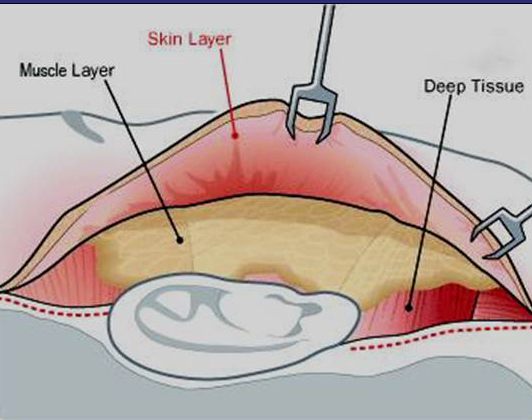
But, how exactly does it work? Well, the procedure consists of lifting and then repositioning the deeper layers, particularly the muscles and the SMAS (Superficial Musculoaponeurotic System). As a result, it provides a thorough lift that improves the cheeks, smooths the nasolabial folds. It also gives the jawline and neck a youthful and contoured look. It can also address sagging on the midface, and this is especially difficult to correct with other facelift techniques. If you are wondering about the deep plane facelift scars, it can be said that these scars are typically well-hidden and substantially improve over time. The surgeon places the incisions in the natural creases such as around the ears or along the hairline. Therefore, the deep plane facelift scars can be concealed and become barely noticeable.
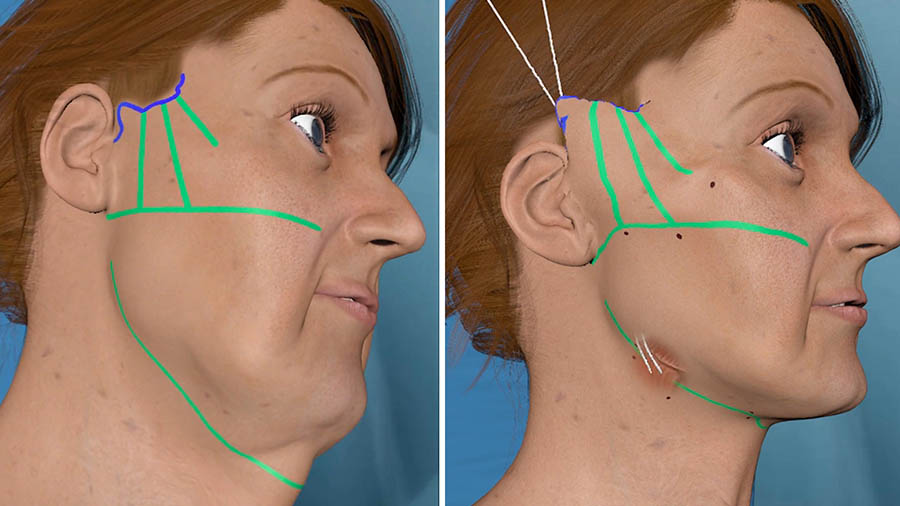
So, what should we take from all this info? With deep plane facelift, the deeper tissues on the face are repositioned and therefore the skin does not need to be pulled so obviously. This is super beneficial as it minimizes the “pulled” look on the face which may seem artificial for some. Also, as the deeper layers are aimed the results are more susceptible to the negative effects of aging and gravity. Don’t worry, we’ll talk about this in more detail!
The Difference between SMAS Facelift vs Deep Plane
If you have been searching for facelift procedures, chances are you came across SMAS Facelift too. So, what are essential differences between the SMAS Facelift vs Deep Plane Facelift?
As the name speaks for itself, the SMAS facelift focuses on the superficial musculoaponeurotic system, which is a tissue layer that covers the deep facial structures. During this operation, the surgeon lifts and tightens the SMAS layer to improve the lower face and neck’s contours. The procedure can produce significant improvements on the face, however keep in mind that it primarily addresses the lower face.
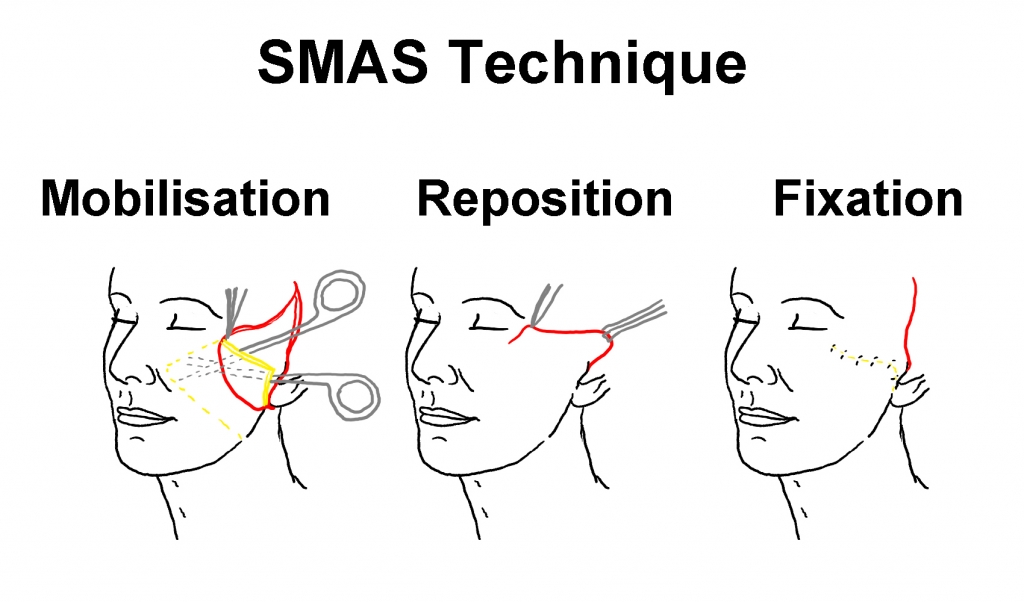
On the other hand, a deep plane facelift goes beyond the SMAS layer. It repositions the deeper tissues and muscles Therefore this method allows for a more thorough lift that affects the midface, lower face, and neck. As it targets the deeper structures than SMAS, deep plane facelift can result in more natural and durable results.
As for the recovery period, with deep plane facelift you may need a bit longer recovery due to the extent of the operation. However, as the results are typically natural and satisfactory patients generally think it is well worth enduring the extra recovery time! Remember, following the aftercare instructions of facelift is very crucial to achieve the most optimal and healthy results.
Does Deep Plane Facelift Really Last?
Understandably, the deep plane facelift’s longevity is one of the most common questions. To start with, the procedure is actually known for its durability. As we have already mentioned, it addresses the deeper layers of facial tissue which allows it to address the aging affects much more effectively than other techniques. So, the results tend to be more resilient. Although each body is unique and the effects can change significantly for each person, generally the results can be expected to last between 10 to 15 years.
No surgical interventions can entirely stop the aging process, however the deep plane facelift is proved to result in significant and lasting improvement. Patients generally state that even years after the operation, their face looks young and refreshed.

Do I Need a Deep Plane Facelift?
Now that you got all the info regarding the operation, let’s discuss how you can detect if you need it or not. This operation is generally recommended for people who have moderate to severe signs of aging and have significant aesthetic expectations from the operation. Check if you are experiencing these signs:
- Sagging cheeks
- Deep nasolabial folds
- Jowls or a poorly defined jawline
- Loose skin in the neck
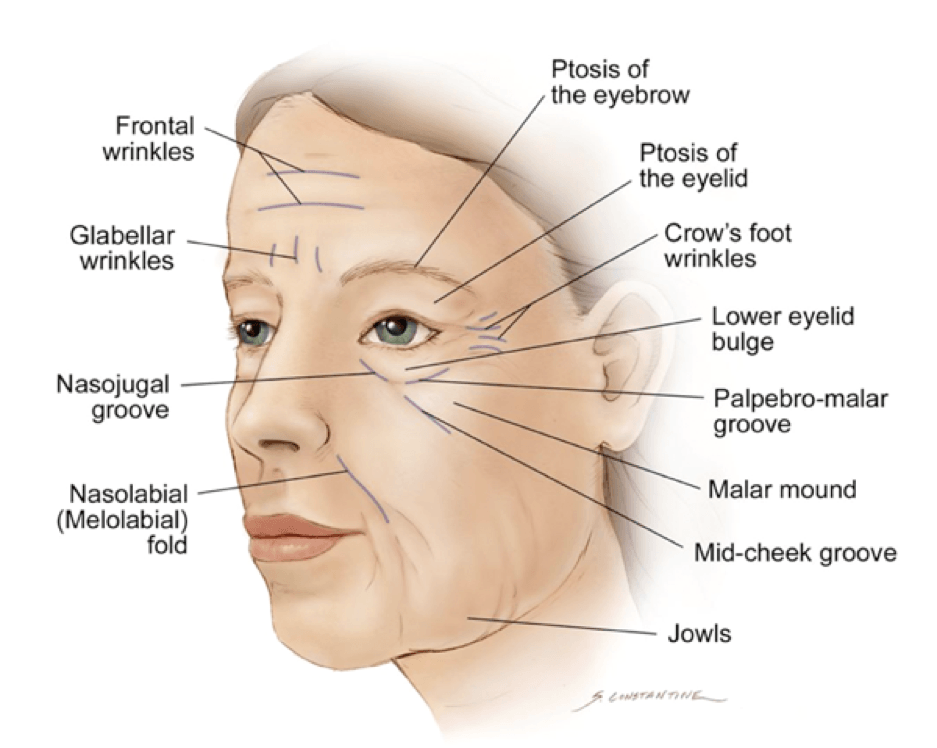
During a consultation with a qualified surgeon, your concerns and desires should be thoroughly discussed. The surgeon will assess your skin condition, the underlying structures, and the overall look of your unique facial features. This helps to determine if the deep plane technique is the best option for you or if another procedure might better suit your needs.
It’s also important to have realistic expectations from the operation and recognize that the operation is a major surgical procedure that requires a dedication to recovery and post-op care. Finding the right place to get the operation is another important point to take into consideration. MCAN Health, an internationally accredited and awarded company with its extensive years of experience in medical tourism, has been offering deep plane facelift in Turkey since 2015. It is proud to be the first company in the sector to offer hotel nurse care after the plastic surgery operations. Multilingual nurses visit patients at the hotel and meet all of their needs. Deep plane facelift turkey cost is approximately 3.700-5.400 Euro whereas in UK it can range from 9.000-14.500 Euro. See MCAN Health’s deep plane facelift before and after photos to witness the incredible results! You can reach out to our experts to get more information!
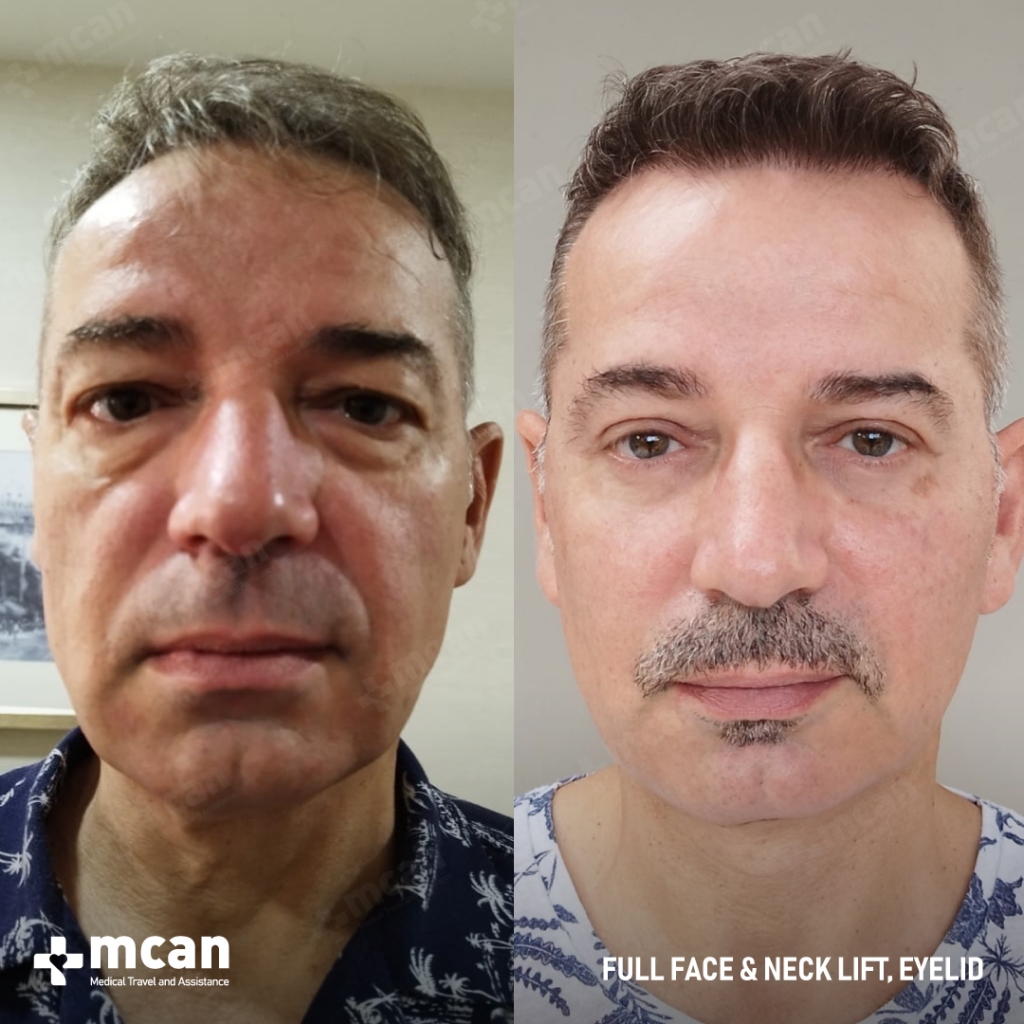
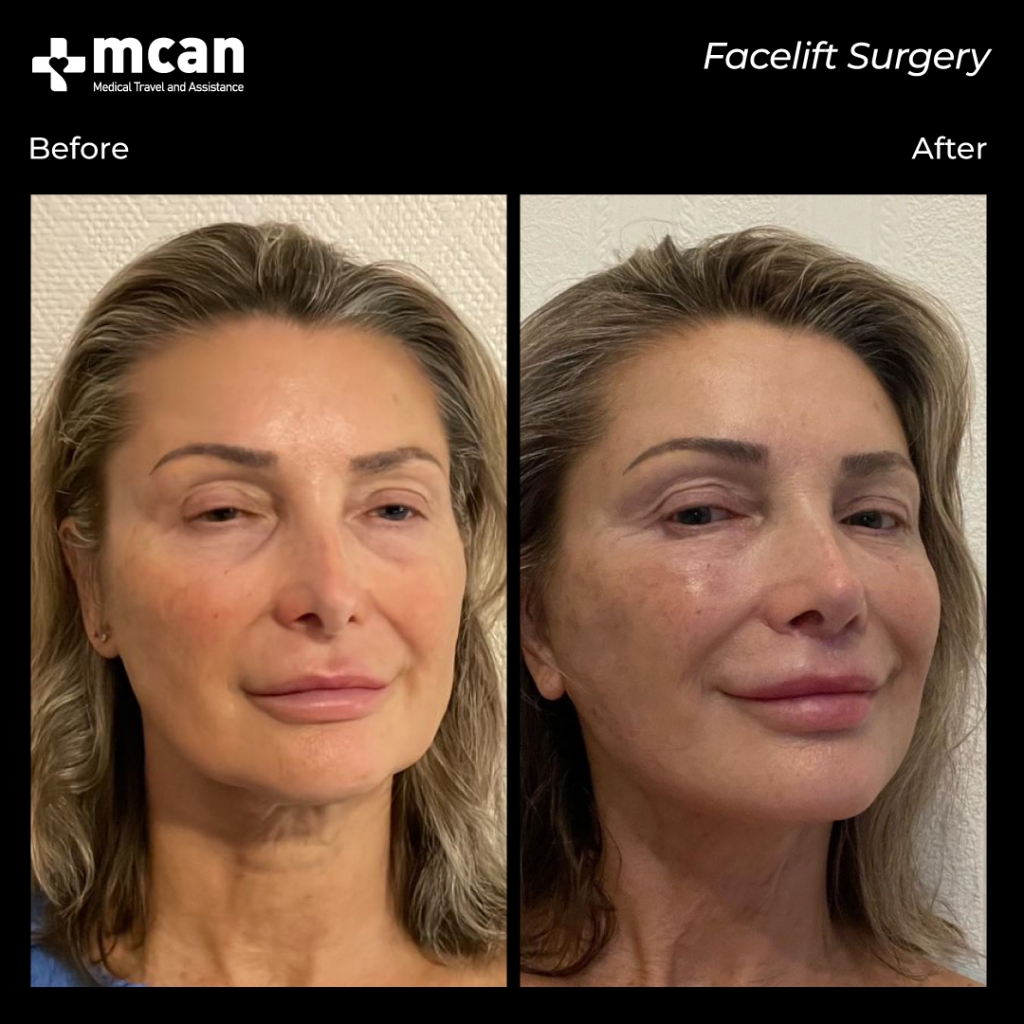
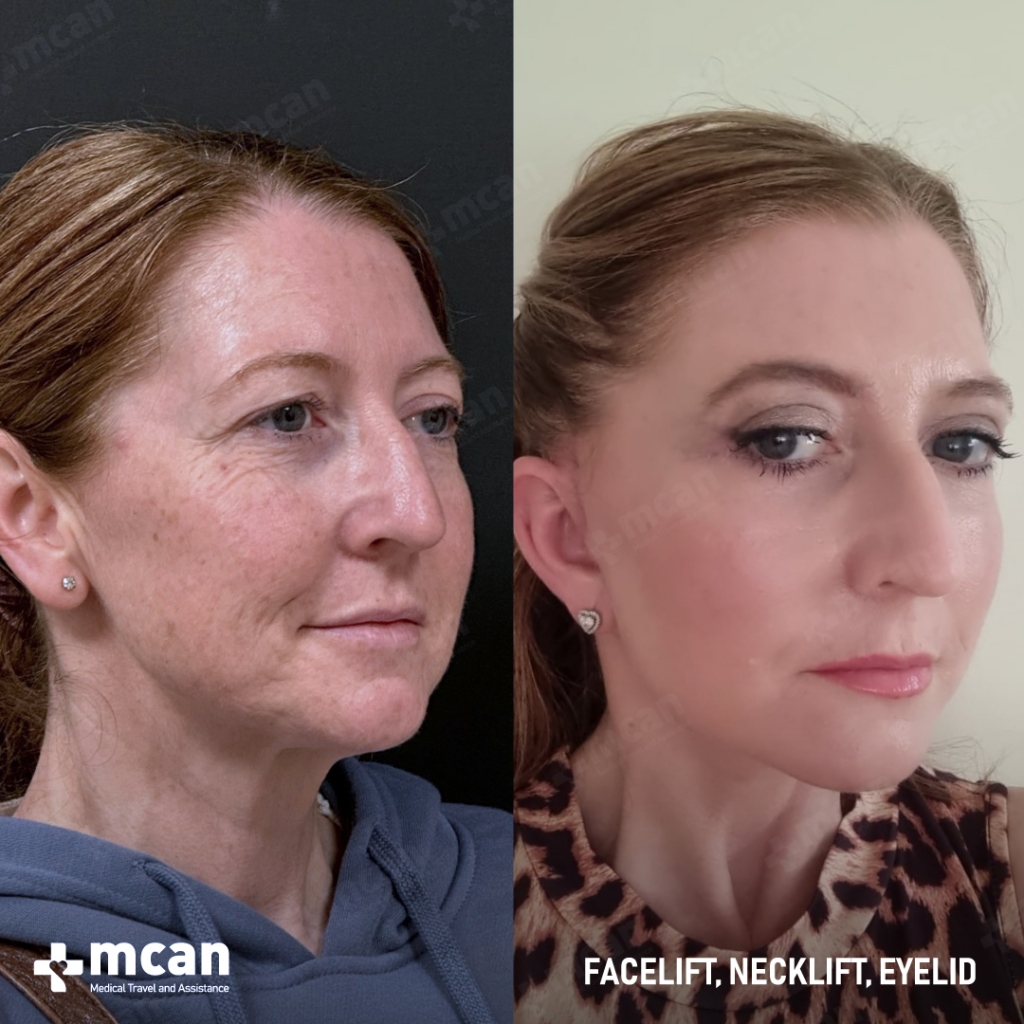
 How Many Hair Transplants Can a Person Have?
How Many Hair Transplants Can a Person Have?  What Are The Most Natural Looking Breast Implants?
What Are The Most Natural Looking Breast Implants?  Puffy Nipples: What Are They and How to Get Rid of Them?
Puffy Nipples: What Are They and How to Get Rid of Them?